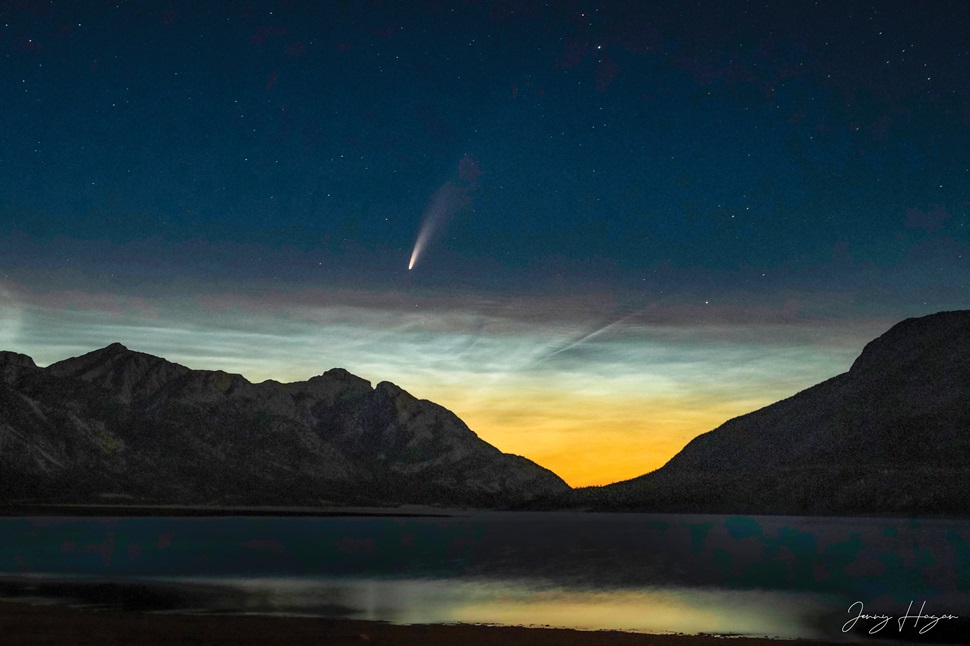Prairie skywatchers are in for a celestial treat this week as the Eta Aquariid meteor shower, fed by the ancient dust of Halley’s Comet, lights up the early morning skies.
Peaking in the pre-dawn hours of May 5 and 6, the meteor shower is one of the most anticipated of the season, with up to 40 meteors per hour visible under dark skies — many of them fast, bright fireballs leaving glowing trails.
The Eta Aquariids originate from debris left behind by the famous comet as it journeys through the inner solar system. As Earth passes through this stream of dust and ice each spring, particles strike the atmosphere at speeds topping 240,000 km/h, creating brilliant streaks in the sky.
The show is best seen between 2 a.m. and 5 a.m. local time, just before sunrise, with optimal viewing expected in the early hours of Tuesday, May 6. Though the Southern Hemisphere gets the best vantage point, skygazers in the Canadian Prairies can still catch the display by looking low to the eastern horizon.
A waning moon will set just before the radiant, located near the star Eta Aquarii in the constellation Aquarius, rises, offering a darker sky ideal for viewing.
Some observers may even witness rarer phenomena such as “earthgrazers,” long, slow meteors that skim the upper atmosphere, or “persistent trains,” lingering glows that hang in the sky minutes after the meteor has passed.
This cosmic event is part of a twice-yearly encounter with Halley’s Comet debris. In May, we cross the outbound trail of particles shed after the comet’s swing around the Sun. In October, Earth passes through the inbound stream, resulting in the Orionid meteor shower.
For residents of the Prairies, where long drives and open skies make for excellent stargazing, the Eta Aquariids are a reminder that even the most fleeting flashes carry echoes of a cosmic journey that began long before we looked up.
